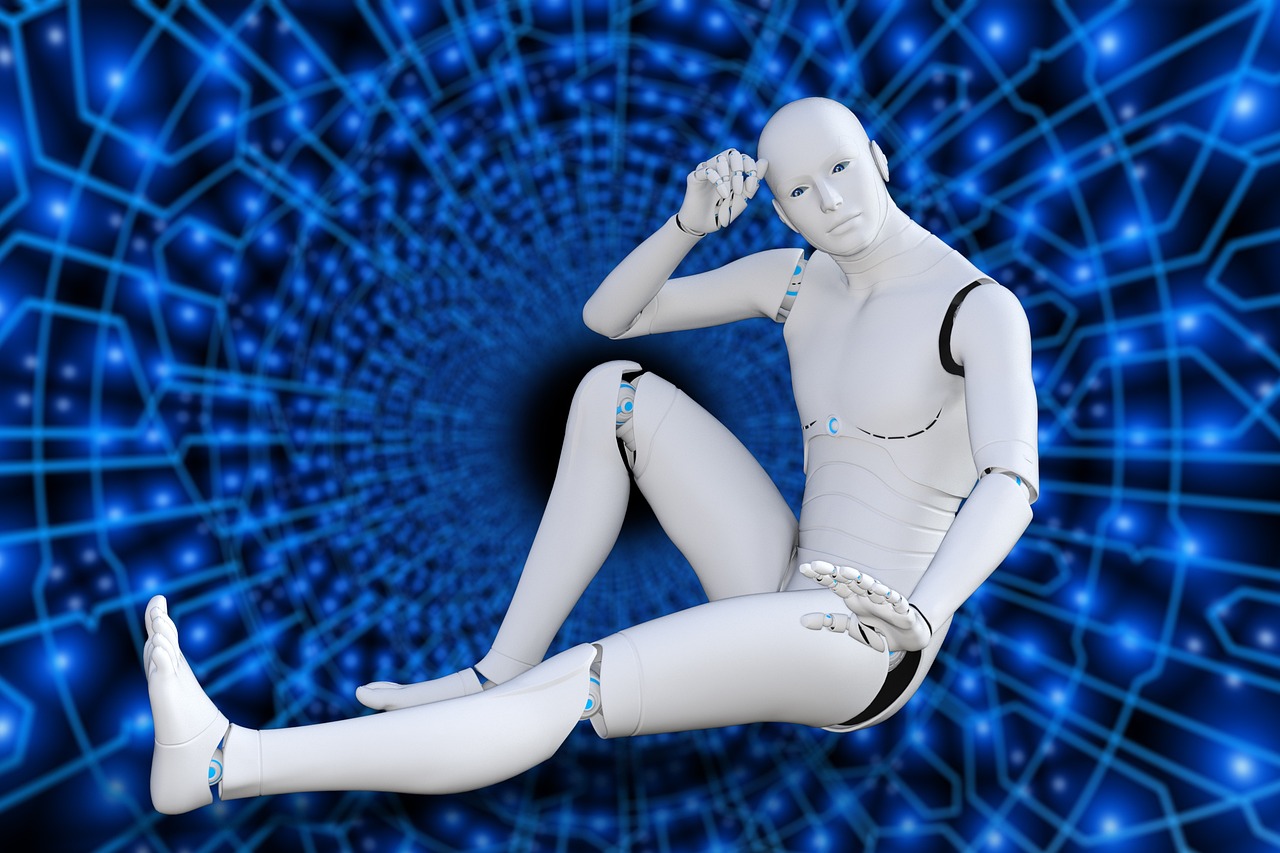Neural networks, inspired by the intricate workings of the human brain, have revolutionized fields ranging from image recognition and natural language processing to robotics and financial modeling. Understanding the core principles behind these powerful algorithms is crucial for anyone seeking to leverage the potential of artificial intelligence. This blog post provides a comprehensive exploration of neural networks, covering their fundamental concepts, architectures, training methods, and practical applications.
What are Neural Networks?
The Biological Inspiration
Neural networks are computational models designed to mimic the structure and function of biological neural networks in the human brain. At the core of the brain lies a vast network of interconnected neurons, which transmit electrical and chemical signals to process information. Similarly, artificial neural networks consist of interconnected nodes (artificial neurons) organized in layers, which process and transmit data.
The Basic Building Blocks: Neurons, Weights, and Biases
The fundamental unit of a neural network is the neuron, also known as a node. Each neuron receives inputs, processes them, and produces an output. The connections between neurons are assigned weights, which determine the strength of the connection. A bias term is added to the weighted sum of inputs to adjust the neuron’s output. The neuron then applies an activation function to the result, introducing non-linearity which allows the network to learn complex patterns.
- Inputs (x): Data fed into the neuron.
- Weights (w): Represent the importance of each input.
- Bias (b): A constant value that helps the neuron learn.
- Activation Function (f): A non-linear function that determines the neuron’s output (e.g., Sigmoid, ReLU, Tanh).
Network Architecture: Layers and Connectivity
Neural networks are organized into layers: an input layer, one or more hidden layers, and an output layer. The input layer receives the initial data, the hidden layers perform intermediate computations, and the output layer produces the final result. The connectivity between layers determines the network’s architecture. Common architectures include:
- Feedforward Neural Networks (FFNN): Data flows in one direction, from input to output, without loops. These are the most common type of neural network.
- Recurrent Neural Networks (RNN): Connections between neurons form cycles, allowing the network to maintain a memory of past inputs. These are excellent for sequential data like text and time series.
- Convolutional Neural Networks (CNN): Specifically designed for processing grid-like data, such as images, using convolutional filters to extract features.
Training Neural Networks: Learning from Data
The Learning Process: Forward Propagation and Backpropagation
Training a neural network involves adjusting the weights and biases to minimize the difference between the network’s predictions and the actual target values. This process relies on two key steps: forward propagation and backpropagation.
- Forward Propagation: Input data is passed through the network, layer by layer, to generate a prediction.
- Backpropagation: The error between the prediction and the target value is calculated using a loss function. This error is then propagated back through the network, adjusting the weights and biases to reduce the error.
Gradient Descent and Optimization Algorithms
Gradient descent is an iterative optimization algorithm used to minimize the loss function. It involves calculating the gradient (slope) of the loss function with respect to the weights and biases, and then updating these parameters in the opposite direction of the gradient. More advanced optimization algorithms, such as Adam and RMSprop, are often used to improve the training process by dynamically adjusting the learning rate and handling complex landscapes of the loss function.
Hyperparameter Tuning: Optimizing Performance
Hyperparameters are parameters that are set before training begins, and they control aspects of the training process. Examples include the learning rate, the number of layers, the number of neurons per layer, and the batch size. Careful tuning of hyperparameters is essential to achieve optimal performance. Techniques like grid search and random search can be used to find the best combination of hyperparameters.
Common Neural Network Architectures
Feedforward Neural Networks (FFNN)
Feedforward neural networks (FFNNs) are the simplest type of neural network, where data flows in one direction. They are suitable for a wide range of tasks, including classification and regression.
- Application: Predicting house prices based on features like size, location, and number of bedrooms. The input layer would represent these features, the hidden layers would learn complex relationships between them, and the output layer would predict the price.
Convolutional Neural Networks (CNN)
Convolutional neural networks (CNNs) are particularly effective for image and video processing. They use convolutional layers to automatically extract features from the input data. The key components are convolutional layers, pooling layers, and fully connected layers.
- Application: Image recognition. A CNN can be trained to identify objects in images by learning features such as edges, shapes, and textures. For example, CNNs power facial recognition systems.
Recurrent Neural Networks (RNN)
Recurrent neural networks (RNNs) are designed to handle sequential data, where the order of the data points is important. They have feedback loops that allow them to maintain a memory of past inputs.
- Application: Natural language processing. RNNs can be used to generate text, translate languages, and analyze sentiment. For example, they are used in chatbots and machine translation services. Long Short-Term Memory (LSTM) and Gated Recurrent Units (GRU) are variants of RNNs that address the vanishing gradient problem, allowing them to learn long-range dependencies in sequential data.
Practical Applications of Neural Networks
Image Recognition and Computer Vision
Neural networks have achieved remarkable success in image recognition tasks, enabling applications such as object detection, facial recognition, and image classification. Convolutional Neural Networks (CNNs) are particularly well-suited for these tasks.
- Example: Self-driving cars use CNNs to recognize traffic signs, pedestrians, and other vehicles. They also power image search engines.
Natural Language Processing (NLP)
Neural networks have revolutionized NLP, enabling applications such as machine translation, sentiment analysis, and chatbot development. Recurrent Neural Networks (RNNs) and Transformer models are commonly used in NLP tasks.
- Example: Language translation tools like Google Translate use neural networks to translate text between languages. Transformer models, like BERT and GPT, are used for a wide range of NLP tasks, including text generation and question answering.
Healthcare and Medical Diagnosis
Neural networks are being used in healthcare to diagnose diseases, predict patient outcomes, and personalize treatment plans. They can analyze medical images, patient records, and genomic data to identify patterns and make predictions.
- Example: Neural networks can analyze medical images, such as X-rays and MRIs, to detect tumors and other abnormalities. They can also predict the risk of heart disease based on patient data.
Financial Modeling and Fraud Detection
Neural networks are used in finance to model market trends, predict stock prices, and detect fraudulent transactions. They can analyze large amounts of data to identify patterns and anomalies that would be difficult for humans to detect.
- Example: Neural networks can analyze credit card transactions to identify fraudulent activity. They can also predict stock prices based on historical data and market indicators. Banks use them to automate loan approvals and risk assessment.
Conclusion
Neural networks are a powerful and versatile tool for solving a wide range of problems. Their ability to learn complex patterns from data has led to significant advances in various fields, from image recognition and natural language processing to healthcare and finance. By understanding the fundamental concepts, architectures, and training methods of neural networks, you can harness their potential to develop innovative solutions and drive progress in your own field. The field is rapidly evolving, so continuous learning and experimentation are key to staying at the forefront of this exciting technology.




